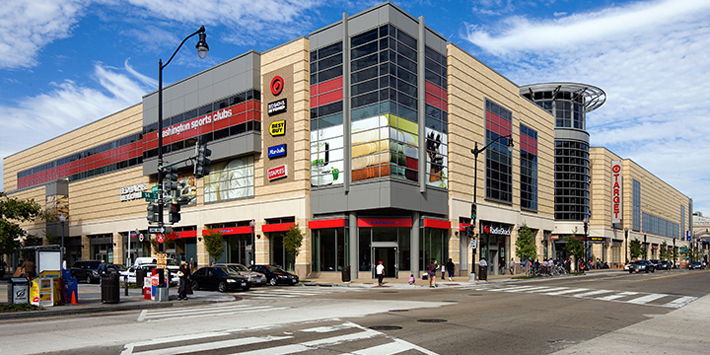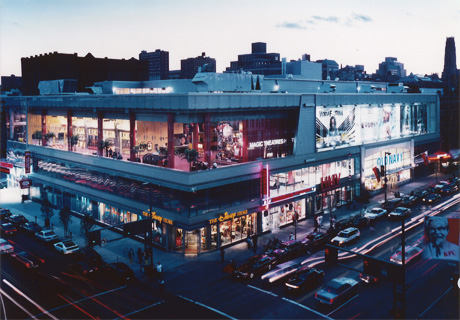
Cornell University’s Baker Program in Real Estate was pleased to host Jim Tuman, Chief Development Officer of Grid Properties for its weekly Distinguished Speaker Series on Thursday, October 27th. Grid Properties is a developer, owner, and operator of primarily urban infill retail assets with a long-term view and commitment to its projects. Through this outlook, Grid Properties creates significant long-term value in its high quality retail and entertainment assets, many of which are located primarily in historically and culturally significant locations.
Jim’s address of the Baker Program students began with a discussion of Grid Properties’ site selection criteria, and what makes urban infill retail development so desirable to the firm. While many retail developers are specifically targeting high income neighborhoods for development, Grid Properties primarily targets lower income neighborhoods with strong population density, thus providing strong aggregate purchasing power despite lower per capita income levels. These neighborhoods typically have very few sites available for large-scale development, resulting in significant barriers to entry and a lack of retail competition.
Further, when sites become available in higher income urban locations such as Manhattan, the highest and best use of the sites typically take the form of residential, hotel, or office development; however, the lower residential prices and lack of a hotel or office market in lower income areas facilitates retail development. Finally, Grid Properties has experienced minimal community opposition and substantial financial incentives in the form of tax abatements or credits due to the underserved nature of many of the neighborhoods in which they are active. Cities seek to foster economic development in these areas, and residents demand new retail options in their immediate neighborhood.
Grid Properties’ site selection criteria was on display as Jim presented details of Grid’s two flagship projects: Harlem USA and DC USA. As Chief Development Officer, Jim has led all predevelopment and construction activities for these projects. These include coordinating all land use approvals, overseeing environmental remediation, managing the design and construction team, and coordinating tenant design and operational requirements.
Both projects were transformational for their respective neighborhoods. Harlem and Columbia Heights neighborhoods have transitioned over the past 15 years. Speaking of DC USA, Jim said, “This was an urban renewal process that Washington, D.C. undertook in an area called Columbia Heights where it was devastated by the racial riots of the 1960s.” The introduction of national retailers in these neighborhoods is a sign of transition and confidence in the location.

Urban retail development does not come without challenges. Jim indicated the most significant challenge is convincing national retailers to enter markets that are widely known to have lower income consumers and higher crime levels. These locations are typically approached at the corporate level as a business decision to target a consumer base that has not yet been tapped. Jim said, “This decision is done at a high level. The company has to buy off on it.”
Once pre-leasing is achieved, urban developers continue to face challenges. Urban locations typically come with higher costs, both in the form of initial construction costs (logistics issues, union labor, and competition with residential and other development projects for labor) and ongoing operating costs such as higher minimum wages and security requirements. The perception of safety is key to attracting shoppers to these centers, and this perception is often difficult to shift.
Finally, Jim discussed the significant challenge of timing for these projects as neighborhoods continue to transition. Jim stated, “If you look at Harlem, Brooklyn and the Bronx, 20 years ago, they were all down markets, but they’ve all since developed. But they developed at different times. The Bronx hasn’t taken off until the last five years.”
